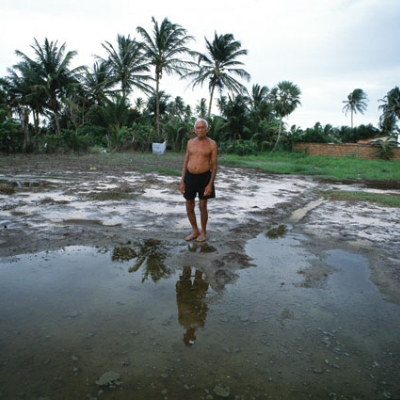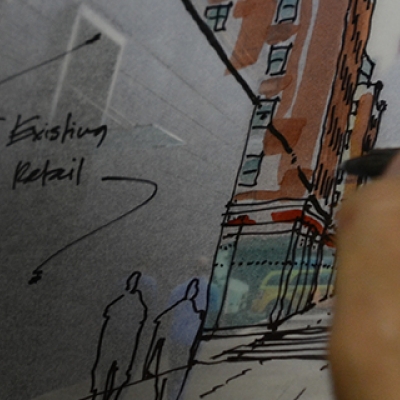Webinar: Strategies for Coastal Resilience
More severe storms and rising seas will inexorably push the American coastline inland, leading to profound impacts on communities, infrastructure and natural systems. How can we prepare for these changes? What kinds of adaptations are going to be required? What tools are available to planners, coastal managers, and developers to protect vulnerable areas?








